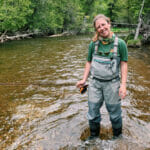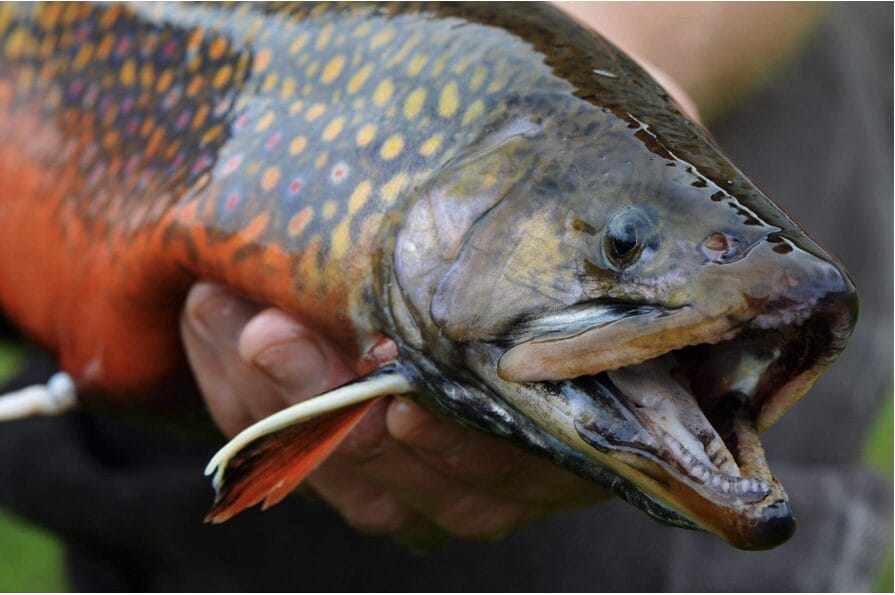On the Lake Superior coast, a coalition of partners facilitated by Trout Unlimited are coming together to breathe new life into the study and recovery of native coaster brook trout – a life history variation of brook trout that spend part of their lives in Lake Superior. Scientists do not consider them to be genetically distinct from inland brook trout—these are still scientifically known as Salvelinus fontinalis—but they can grow much larger by foraging in the big lake, reaching up to 25 inches.
The revival of these coaster brook trout efforts kicked off just recently when their home waters were named a Priority Water – an effort by TU that identifies rivers and streams where concerted efforts can have the greatest impact on building trout and salmon strongholds for the long term.
In mere months, the Great Lakes community has made great strides in stepping up to support these efforts thanks to the zeal of local businesses, TU chapters and individual donors. When you start to learn about coasters, it’s understandable why so many are excited to dive in and play a role in researching and recovering these special and rare fish.
Initiative gets jumpstart from local business
One local business is showing its support by launching a limited-edition fly rod called “The Coaster.” J.A. Henry Rod & Reel Company in Cannonsburg, MI is teaming up with TU to raise money for coaster brook trout research with the proceeds from its new Coaster Migratory 8wt rod. The first $10,000 in gross sales of the Coaster fly rod will support critical project functions of on-the-ground field work and data gathering and analysis.
The limited-edition Coaster is available for purchase today. It’s a feather-light, nano carbon 8-weight and available in both 9-foot and 10-foot options.
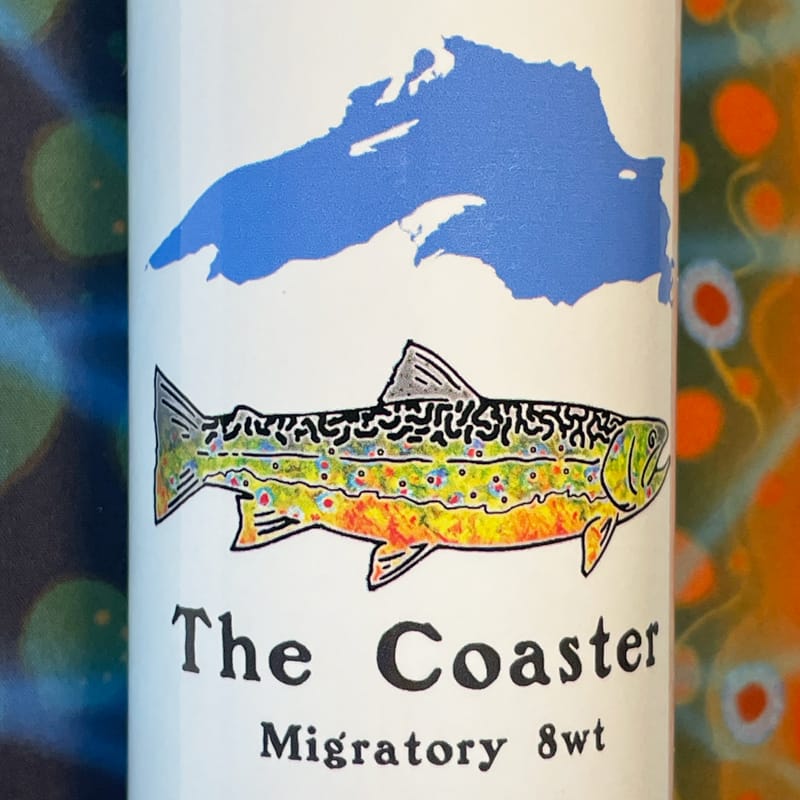
“By supporting research, we can better understand the coaster’s ecology and unlock their genetic secrets. The ultimate goal is to conserve and restore coaster brook trout populations to their native range and to ensure their long-term survival,” said Andrew Mitchell, owner and operator of J.A. Henry Rod & Reel Company.
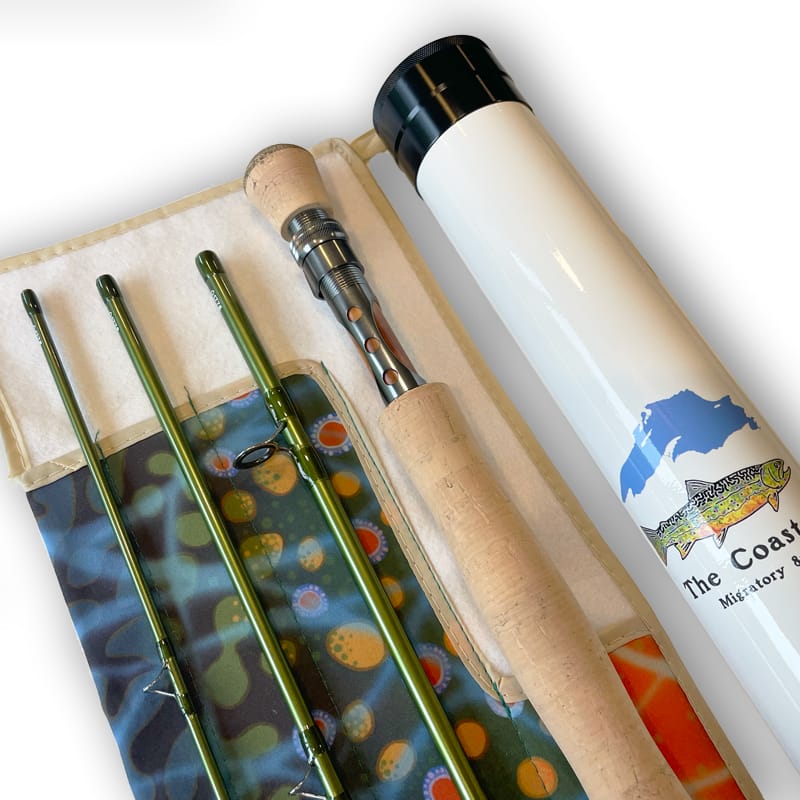
The power of ‘One TU’
In addition to the support from J.A. Henry, a groundswell of contributions from passionate individuals from the Great Lakes community have provided a launching pad for the coaster effort.
Notably, the late John Frey made a $20,000 matching contribution to Michigan Trout Unlimited for coaster work, a move of remarkable hope and generosity that was the catalyst for key future donations. John M. Frey was a 2nd generation trustee emeritus of the Frey Foundation and a staunch advocate for robust support of lakes, rivers, streams and watersheds. He was happy to be in the water as an avid fly fisherman and outdoor enthusiast too, and he believed that Michiganders are caretakers of an impressive percentage of the world’s freshwater resources, and therefore we must always strive to keep our rivers Grand and our lakes Great.
Following the consequential matching gift, it was critical that other donors mobilize to be able to fully realize John’s vision.
Luckily, the TU community in the Great Lakes is blessed with generous individuals who believe in the power of collaboration for conservation wins. Changemakers in coldwater philanthropy, Roy Arnold and Grant Brown made significant contributions to forge the coaster brook trout initiative into reality.
While TUs grassroots network in Illinois may not have ample local trout waters to steward, these oft-overlooked Great Lakes chapters are some of the most impactful we have. The Elliott Donnelley Chapter, which covers the Chicago metro area, made a generous contribution to the coaster effort, bringing the coalition even closer to meeting its $20,000 matching goal.
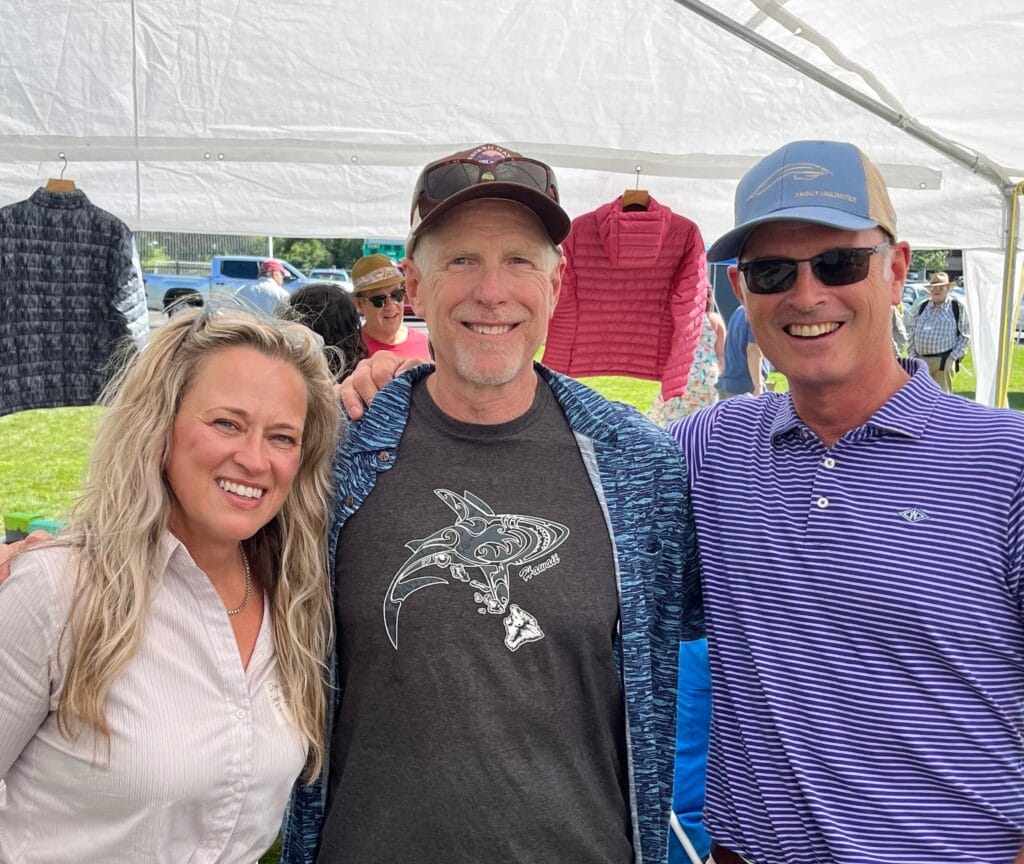
The Gary Borger Chapter, which serves Chicago’s northern suburbs and whose members frequently fish in Michigan and Wisconsin, is also doing its part to propel the initiative forward. The chapter chose the coaster brook trout initiative as its cause to honor the late Gregory Heiser, a Gary Borger board member and a champion of the conservation of streams, rivers and habitats. “He loved the natural beauty of Michigan and Wisconsin trout streams, and GBTU is proud to support this project as it is something Greg Heiser would have encouraged us to do!” shared Bill Davis, a fellow Gary Borger board member.
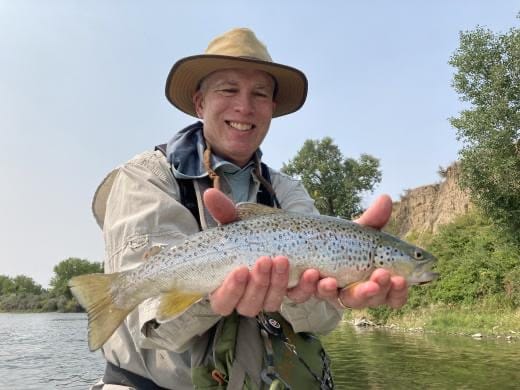
Greg had a passion for fly fishing, hiking and enjoying nature, and the substantial donation to advance coaster brook trout restoration seems a fitting and meaningful tribute to a life devoted to preserving our natural resources.
Perhaps what’s most remarkable of these gifts is what links all the contributors – few are living in the backyard of coaster brook trout habitat, yet they all recognized the tremendous value in protecting a wild and special fish such as the coaster, not for themselves but for the inherent good they represent – a truly selfless and forward-thinking act.
Coaster history and restoration efforts: then and now
Historically, coaster brook trout were abundant in Lake Superior coastal waters. These large, lake-run brook trout held cultural significance for Native American nations and early European settlers, who relied on them as a food source and valued them for their beauty and sporting qualities.
Unfortunately, overfishing and habitat degradation from 19th century logging practices reduced populations until they were considered “fished out” by 1865 in Lake Superior waters near Marquette. Ongoing habitat degradation, overfishing and the introduction of non-native species furthered their decline in the subsequent 150+ years.
Several known populations of coasters survive today, and there is a high likelihood that many more exist undocumented. The Great Lakes Fisheries Commission launched a coaster brook trout rehabilitation plan for Lake Superior in 2003. Since then, momentum has surged and stalled with periods of intense activity followed by lulls in interest and funding.
With its renewed efforts, TU is working with partners like the U.S. Fish and Wildlife Service, National Oceanic and Atmospheric Administration, Minnesota Department of Natural Resources, Michigan Department of Natural Resources, Wisconsin Department of Natural Resources, the Red Cliff Band of Ojibwe Indians, the Keweenaw Bay Indian Community, Michigan Technological University, Michigan State University, the Michigan and Wisconsin State Council of Trout Unlimited, the Copper Country and Fred Waara Chapters of Trout Unlimited, and others.
TU and partners are ready to begin assessing current distribution of coaster brook trout and conducting research into the specific recovery, habitat and restoration needs identified by the stakeholder group, with hopes that this coaster research will inform the implementation of strategies that will help recover this fishery.
Thanks to funding from the National Oceanic and Atmospheric Administration’s Community-Based Restoration Program made possible by the Bipartisan Infrastructure Law, TU staff and partners are assessing habitat connectivity in identified coaster brook trout streams and replacing culverts and removing dams to open miles of coldwater stream habitat for migrating fish.
This summer, TU is kicking off monitoring efforts in partnership with the Michigan Department of Natural Resources and U.S. Fish and Wildlife Service by conducting fisheries surveys and taking fin clips for genetic analysis.
Conclusion
If the upwelling of support from the business community, grassroots leaders and trailblazing individuals is any indication, TU expects there will be much more work and good news on the horizon for coasters. We celebrate those who have left their mark on coaster efforts so far and look forward to getting to work and making progress in honor of those who so generously contributed.
You can help support efforts to protect and restore these important and fascinating fish by purchasing The Coaster fly rod or by making a tax-deductible donation today.



